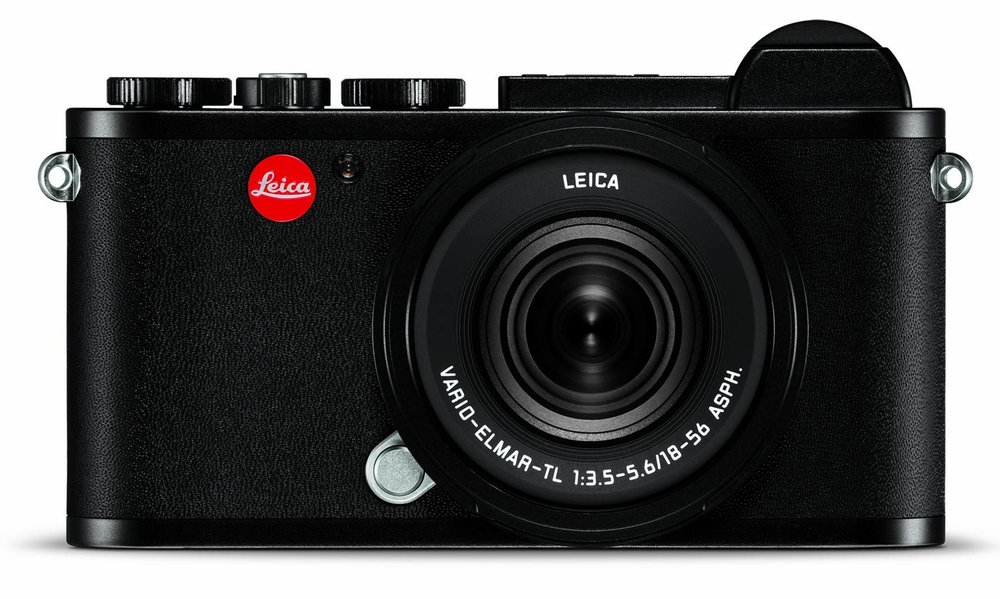
Now I’ve had three months’ use out of the Leica CL — and have tried most of the available TL lenses — I’ve reached the conclusion that the CL with the 18-56mm Vario-Elmar could well be the ideal relacement for the discontinued X-Vario.
The XV came to the market in mid-2013 amid an overwhelming fug of disappointment. To say it was badly received would be a gross understatement. Part of this frustration was focused on the “slow” zoom range of f/3.5-6.4. But the main gripe came directly as a result of Leica’s marketing foolishness in teasing the newcomer as a “mini M”. This led many commentators to envisage an APS-C camera with interchangeable lenses. Sadly this wasn’t to be, although Leica did the ILC deed two years later when the T was born.

Bad Rap
Despite its bad initial rap, the X-Vario turned out to be a great little camera. For a time it was my favourite travel companion and I came to understand that the slow lens was actually an asset. By settling for a smaller aperture, Leica was able to squeeze extraordinary image quality out of a very small lens. You only have to look at the typical APS-C f/2.8-4.0 zoom to see how big they have to be if top results are expected. Even fast m4/3 zooms are bigger than Leica’s Vario-Elmars. And a fixed f/2.8 zoom, either for m4/3 or APS-C, is likely to be even larger. The laws of physics are clear in lens design. If you want the fastest glass and the best performance your muscles must take the strain.

The X-Vario soon had a strong fan club and this has turned into almost a cult now the camera is no longer being made. There are not many on the second-hand market and when they do turn up you can expect to pay up to 50% of the price of the camera when new five years ago —around £1,000 even without the accessory viewfinder. That’s not bad for a “failure” and most camera manufacturers would love to have such good residuals.
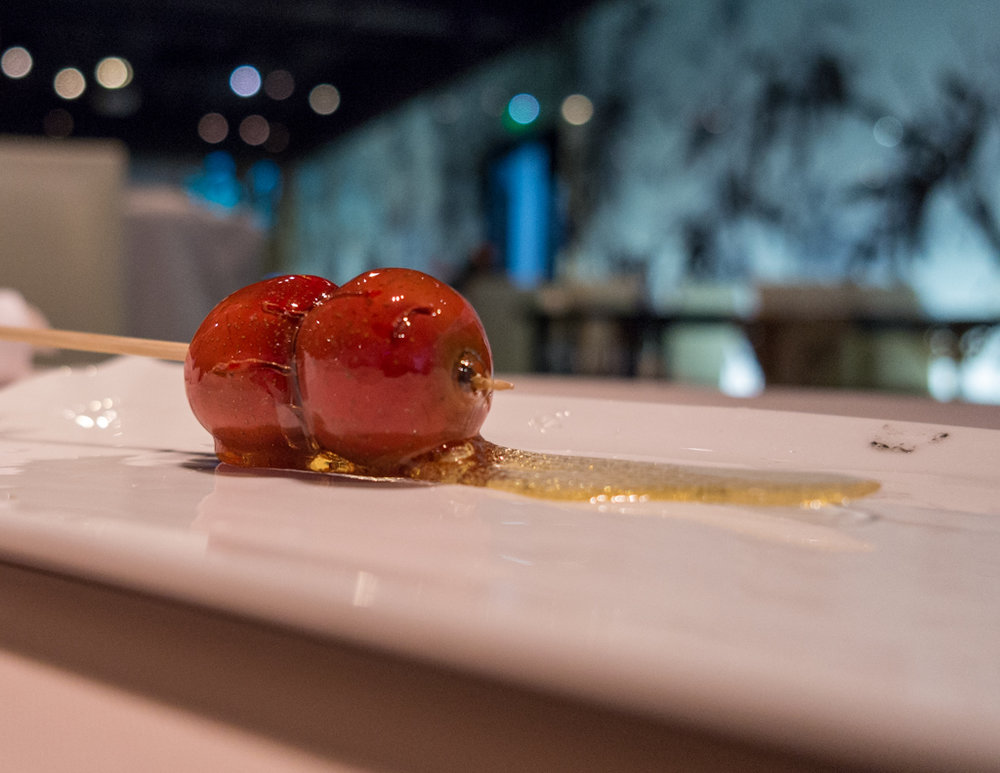
Nevertheless, the 2013 X-Vario, good as it is, is now falling behind in a number important of areas, including pixel density, low-light performance and autofocus speed. Its 1/2000s speed limit is also a significant disadvantage, even with the slow zoom.
APS-C Flag
I have a number of friends who own the X Vario and would buy another in a shot if Leica were to produce an upgraded version. But I think this is now unlikely. One by one the fixed-lens compacts (X2, X-E, X, X Vario) have been dropped and only the underwater X-U is left to hold a rather sodden flag for APS-C compacts. Instead, Leica seems to have put all its eggs into the interchangeable-lens CL basket.
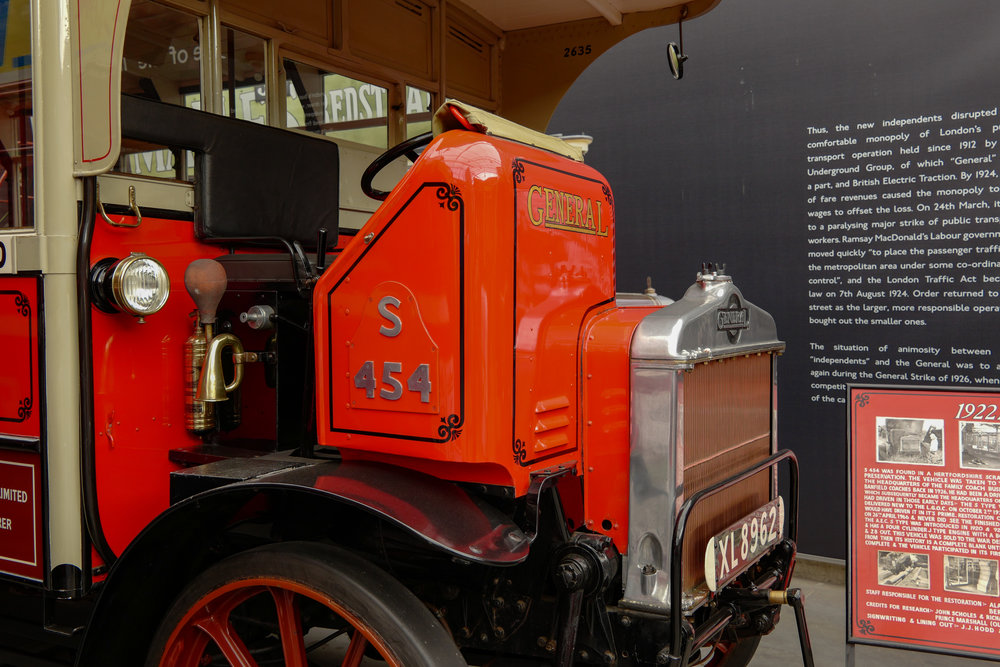
Is this a bad thing? Possibly not, given that the CL with the 18-56 Vario-Elmar f/3.5-5.6 does a pretty good job of replicating the virtues of the much-loved X-Vario. The CL is almost the same size and weight as the X-Vario. Indeed, it you weigh the X-Vario with the external viewfinder attached (which is only fair in this comparison) it works out some 30g heavier than the CL. The CL combo is 2mm shorter, 5mm higher (thanks to the built-in finder) and 13mm deeper with the Vario-Elmar lens attached (and the latter increase is accounted for entirely by the added bulk of the lens mount). In other words, much ado about nothing. The CL handles in a very similar fashion to the X-Vario.
The CL’s big advantage is that very bright and usable built-in viewfinder. Add the much inferior EVF-2 to the hotshoe of the X-Vario and that camera becomes unwieldy in comparison with the CL combo. All in all, I much prefer carrying around the CL/18-56 outfit to the older camera.
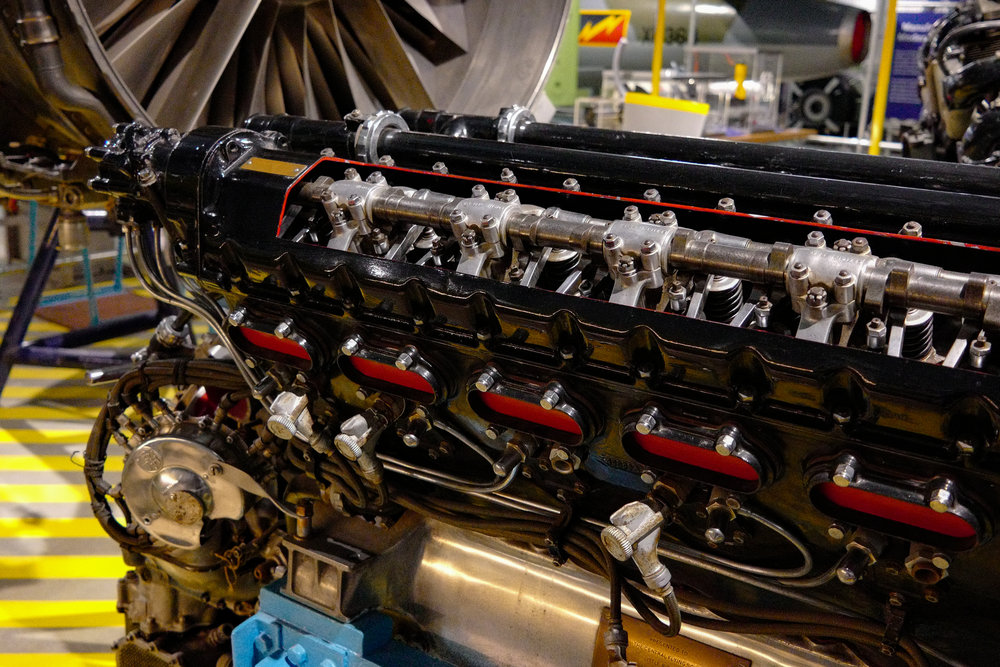
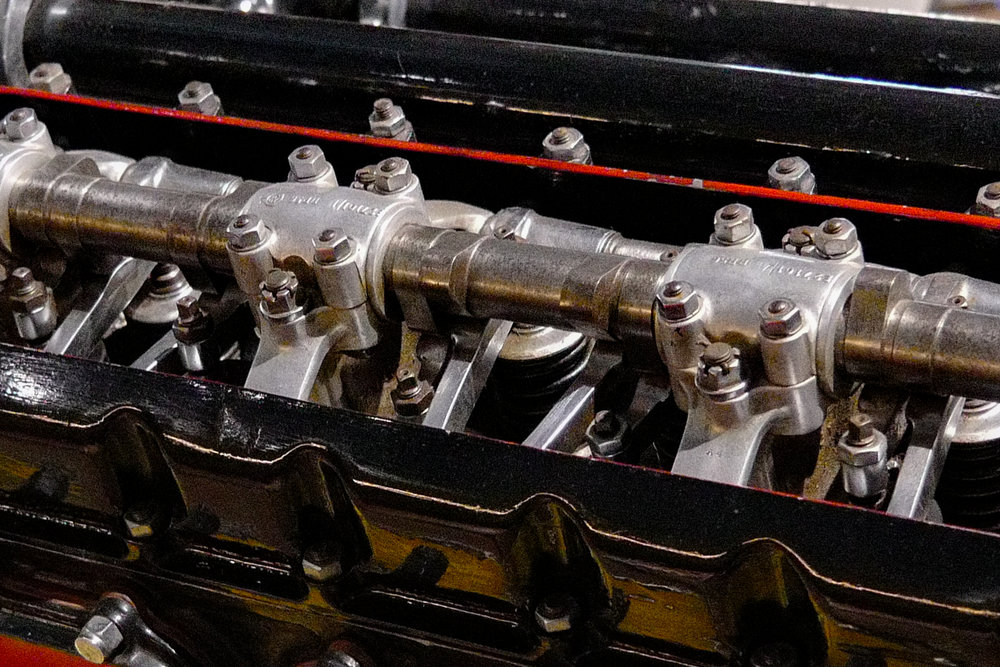
Ancient and Modern
Much praise has been heaped on the X-Vario for its simple controls. The top plate features a traditional shutter speed dial position. A second, smaller dial selects aperture from f/3.5 to f/16. Both disks have an A(uto) position. Depending on which of the two dials you set to auto, you have direct access to aperture priority or speed priority shooting. Set both dials to A and the camera is in fully automatic mode. You also get a video button and a small pop-up flash.
.jpg)
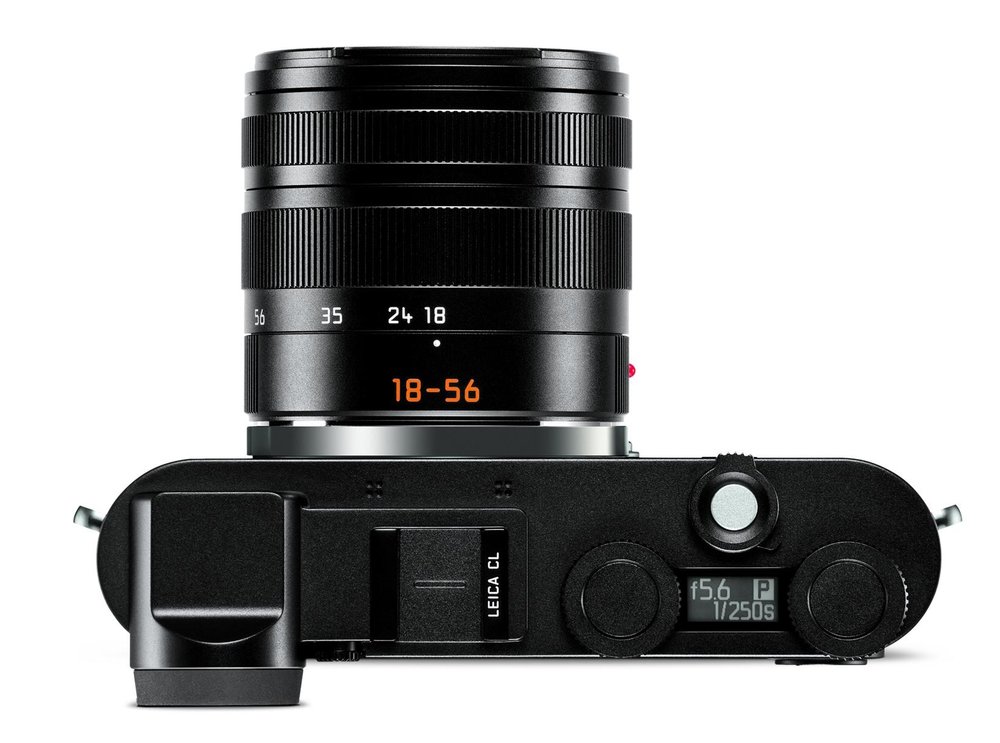
Electronic
The CL adopts a more up-to-date electronic approach which I know many traditionalists abhor. They much prefer the physical dials of the X camera range. Yet the implementation on the CL is very simple and straightforward and is soon learned. There are two simple dials separated by a small LCD display which gives you instant confirmation of settings. By the default the left-hand dial sets exposure compensation while the right adjusts speed or aperture depending on the selected mode. Each dial has a central pushbutton. Pressing the left-hand button brings up the mode display on the LCD — to select aperture, speed, manual, program and scene. The right-hand button, which is programmable, I have set to control exposure setting.
In essence, therefore, this arrangement duplicates the simple two-dial arrangement on the X-Vario and adds more functions according to your need. I find it very intuitive and it is always easy to see at a glance the aperture (or speed), compensation setting and the state of the battery.
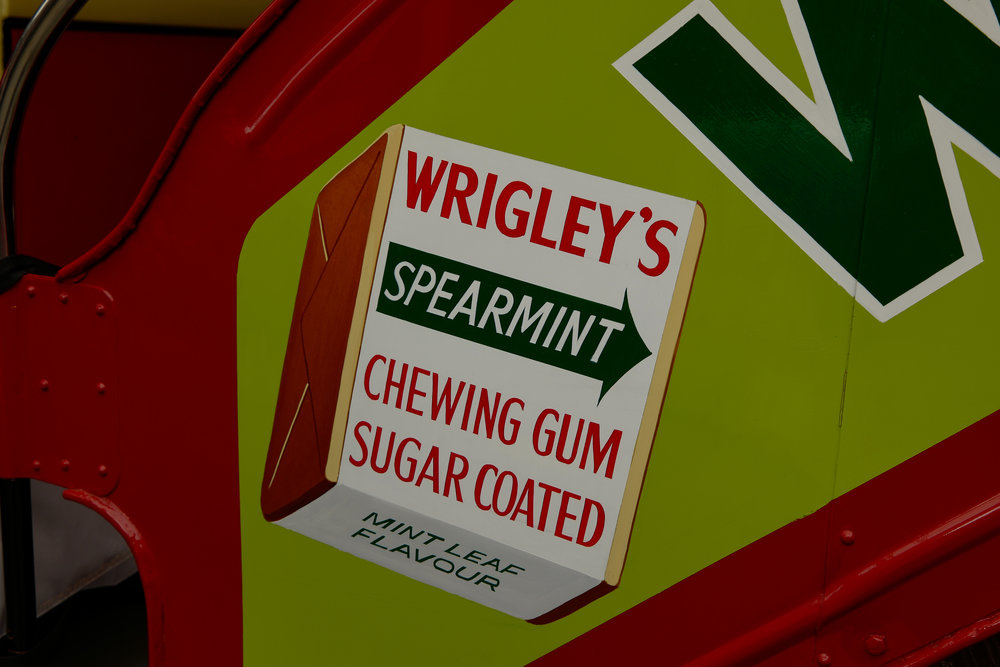
Approached with an open mind (rather than an fixed idea that only traditional physical dials will do) and I think the CL’s layout is actually an improvement. I am used to it already and I like it.
Minimal
The back of the CL is very minimal, with just three buttons for Play, Function and Menu. There’s a four-way pad (far too sensitive in my opinion) and a very grown up and secure EVF diopter adjuster. The X Vario, on the other hand, has direct access buttons to Play, Delete/Focus, White Balance, ISO and Menu — similar to the other X cameras and the M240. There is also a customisable thumbwheel which I preferred to use for exposure compensation in record mode.
The more minimal approach of the CL is in line with the M10 and SL and works well enough for me. Again, I prefer it and think Leica has done a good job overall.
.jpg)
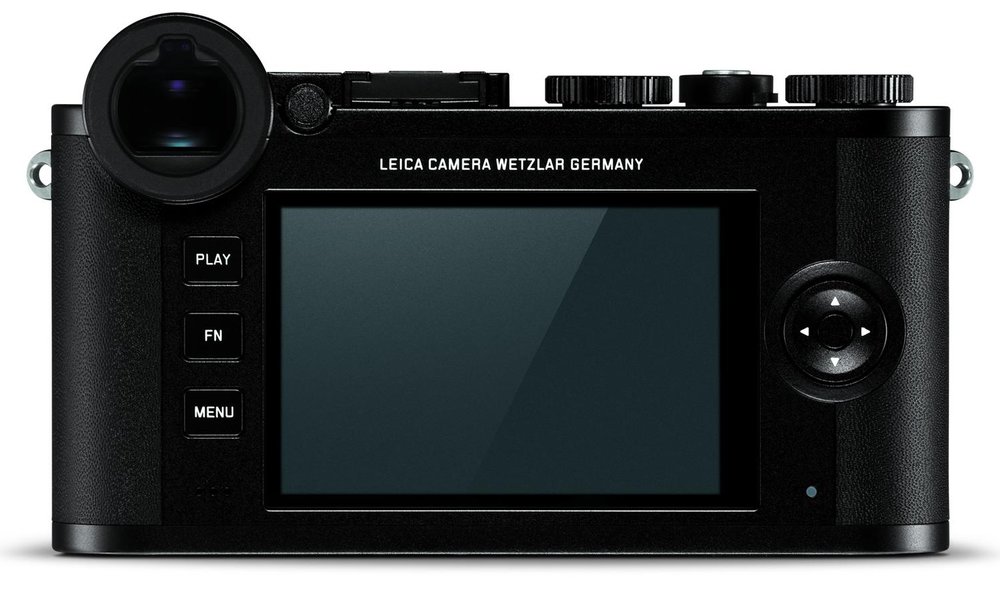
Without going into too much detail, the menu system on the CL with its initial favourites screen, is an improvement on the older systems of the X cameras. The system is very similar to that of the M10 and, with some reservations, the SL. But, in general, I prefer the CL setup to that of the older cameras.
Better all round
In summary, then, the CL does improve on the X-Vario in all respects, once you get over the shock of losing those two physical settings dials.
In terms of specification, the CL body is a big advance on the old X-Vario. It houses a 24.2MP sensor compared with the 16.2MP of the Vario and features the latest Maestro II processor. Autofocus is much, much faster and more accurate, ISO performance is in another league, up to 50,000 on the CL compared with a measly 12,500 on the Vario. While ISO 6400 was rather pushing the Vario, it is eminently usable on the CL (see the examples). The CL is also much better equipped for moving subjects and bright conditions with its 1/25,000s electronic shutter whereas the old Vario tops out at 1/2,000s. Altogether, the CL is a much slicker and more competent camera than the Vario. As it should be given the intervening five years between development.
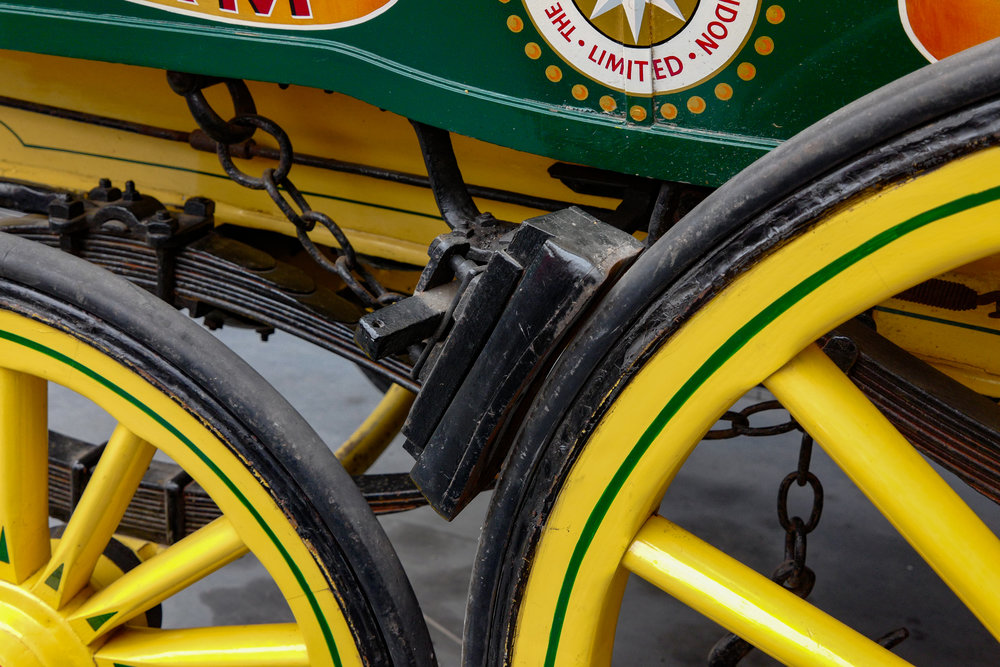
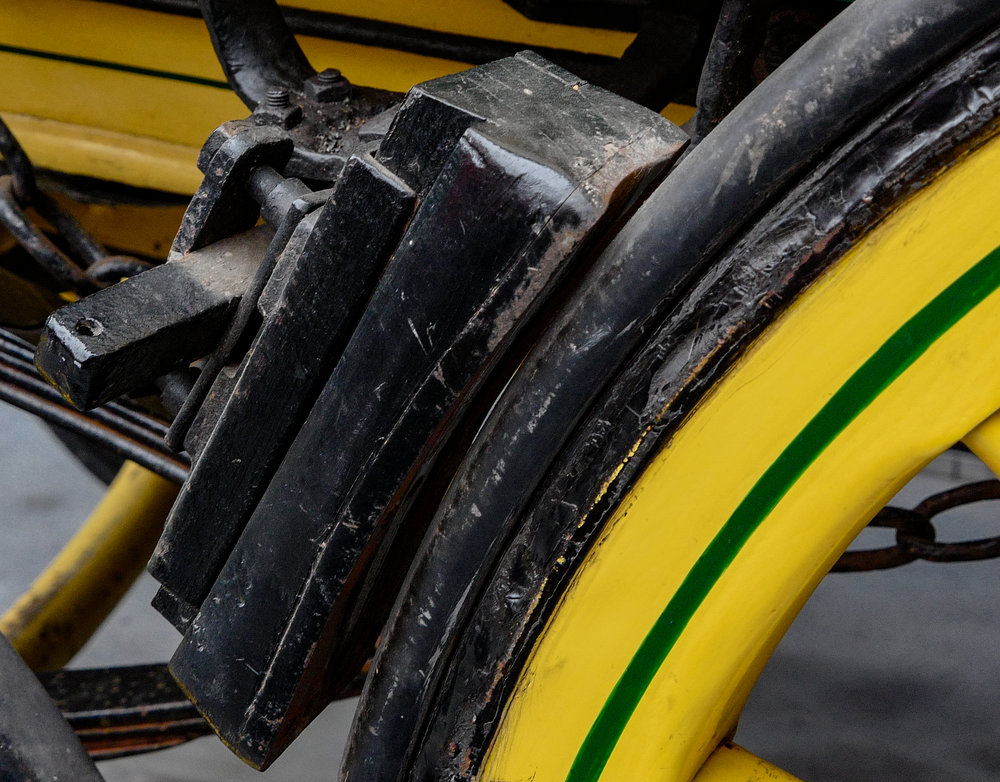
Having concluded that the CL, as a camera, is considerably more competent than the X-Vario, let’s have a look at the lenses. The 28-70 zoom lens on the V-Vario is capable of outstanding results. Peter Karbe, the designer, made the point clearly:
“The AF lens of the X Vario is actually a unique synthesis between tradition, most modern optical design and precision mechanics. From an engineering point of view, a lens is always the interplay between performance, focal length, aperture and mechanical size. The focal length 28-70mm covers the most popular and most used ones by our customers. So that range was fixed quite easily. The aperture has a huge influence on the size of a lens.
“The X Vario lens is designed to deliver the best image quality at any aperture and any focal length – so to achieve that, and on the other hand, not get too bulky a lens we decided to compromise in the best possible way and restricted the aperture range to f/3.5-6.4. In comparison to comparable lenses of other systems the Vario lens is actually a relatively small lens. ”.
The 18-56mm Vario-Elmar-TL looks very much the same, externally, as the X-Vario’s lens. Its zoom is equivalent to 28-85mm, so 15mm longer than that of the X-Vario. It is therefore more versatile and, as we’ve discussed, slightly faster at the long end (f/5.6 compared with f/6.4).
The Specs
- X-Vario: Leica Vario-Elmar 18-46 mm f/3.5-6.4 ASPH. (corresponds to 28-70 mm in 35 mm format), 9 lenses in 8 groups, 2 aspherical lenses.
- CL: Leica Vario-Elmar 18-56mm f/3.5-5.6 ASPH (corresponds to 28-85mm in 35mm format), 10 lenses in 7 groups, 4 aspherical surfaces.
So, while I am certainly no expert on optics, the interchangeable TL lens does appear to have a slightly more complex design than that of the X-Vario. It should be capable of equivalent, if not better results, again bearing in mind Peter Karbe’s comments about offering outstanding image results in the smallest possible package. I can detect no difference in build quality, as you would expect.

Clutch of primes
In my experience, the Vario-Elmar-TL produces very similar results to the X-Vario’s lens. It is good. As with the X-Vario, you don’t need to constantly fret that you might have been better off with a clutch of primes. It is limited in aperture, of course, and that’s where a prime or two comes in handy. At least, with the CL, unlike with the X-Vario, you do have the opportunity to sneak out an f/1.4 Summilux from your Billingham when the need arises.
Some will say that a built-in lens such as that of the X-Vario and Q has an advantage since it can be tuned precisely to the camera in order to ensure a perfect symbiosis. They have a point, but with the CL and 18-56 I see no real difference except, perhaps, in overall length. The CL combo is 13mm longer than the X-Vario and all of this is down to the added bulk of the lens mount.
My friend Don Morley loves the two other zooms in the TL lineup — the 11-23mm wide angle and the 55-135mm telephoto. They cover the full-frame equivalence of 18mm to 200mm with the Vario-Elmar neatly sandwiched with its 28-85mm range. Don isn’t as keen on the 18-56, although he acknowledges it as a first-class lens, but only because he loves what the other two zooms can do at wide and telephoto ends of the spectrum. With the wide-angle zoom extending to a useful 35mm and the telephoto starting at 85mm, there’s a good argument for saying that these two lenses could be your staple diet. On the other hand, the 18-56mm occupies the sweet spot for everyday use and, as we see, reproduces the size/performance benefits of the old X-Vario.
My one complaint about both the XV 28-70 and the TL 18-56 (28-85) is that they could have done with a wider 24mm starting point — in sympathy with most more recent zooms. But there’s nothing we can do about this, and it has no effect on the present comparison.
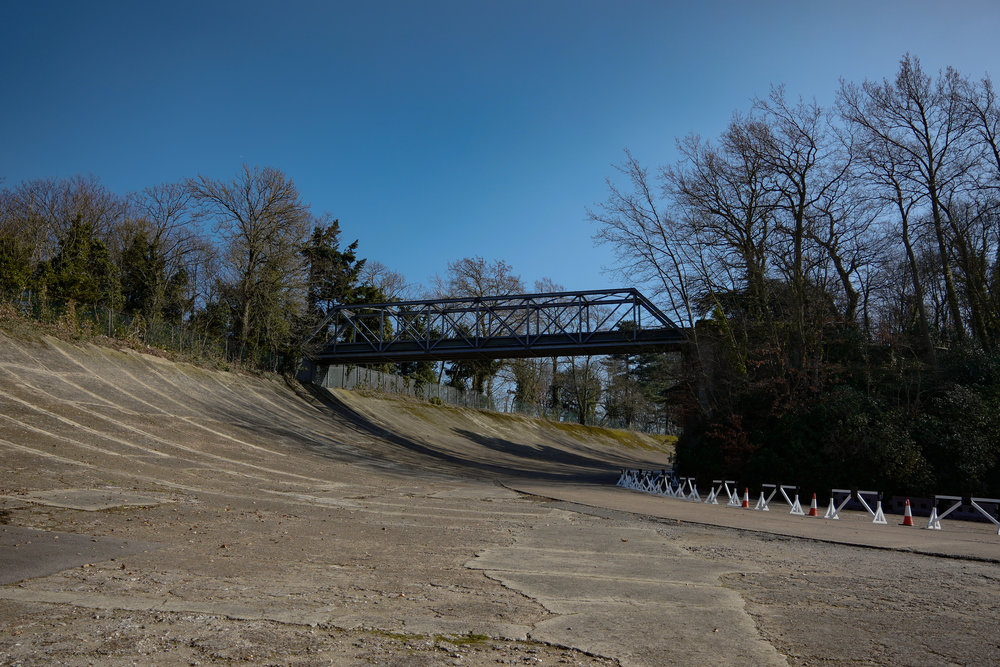


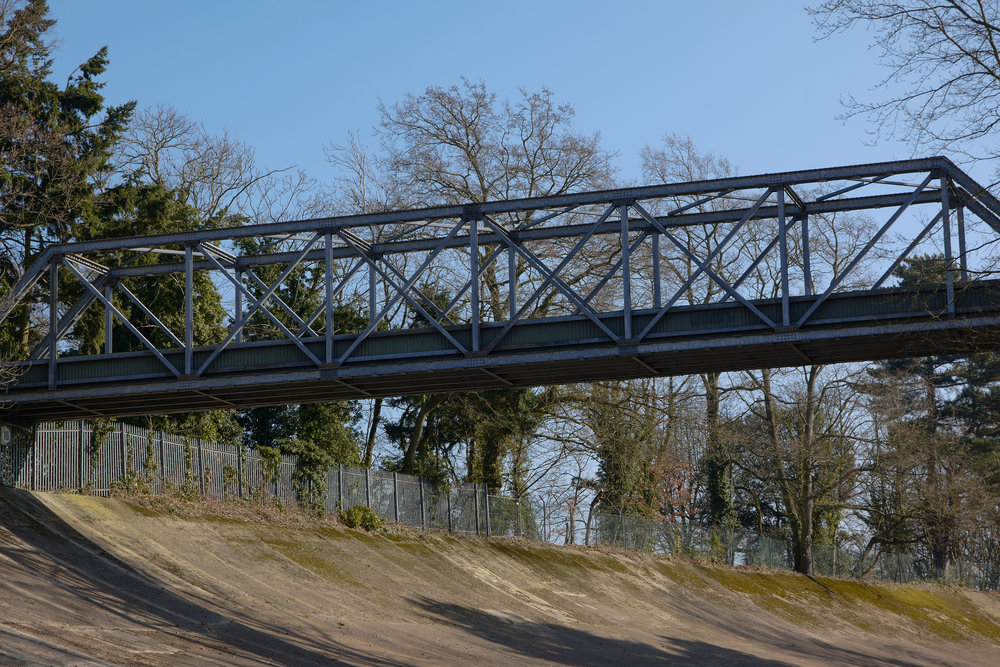
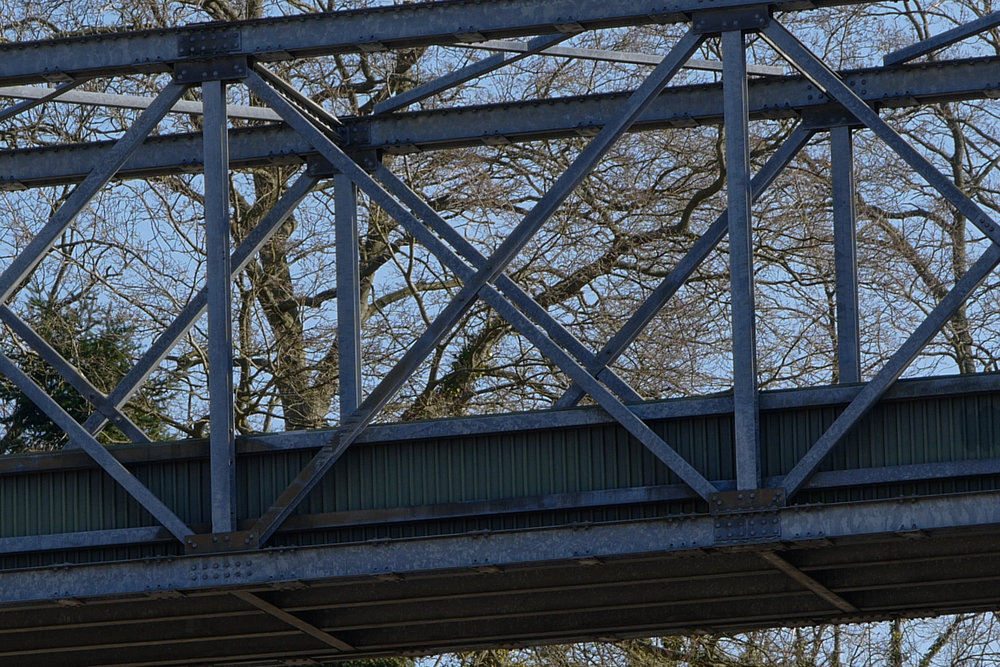

Conclusion
My conclusion is that the CL with the 18-56mm TL zoom is a better camera than the old X-Vario. It includes an EVF, which was always a major downer for the Vario, and it offers much better overall performance and a novel, but intuitive control interface.
The CL also has the advantage of being a system camera with a relatively rich stock of lenses to choose from. While purists may cleave to the X-Vario because it offers just one choice, pragmatists will recognise the advantage of being able to change lenses at will.
The CL with the 18-56 is indeed a replacement for the X-Vario and you could enjoy it with just this one lens. Although still slow, the 18-56 embodies the excellence of the X-Vario lens and will not disappoint. About the only negative aspect of the CL versus the X-Vario is the reduced battery life — 220 shots compared with 360. But, no doubt the X-Vario calibration was made without the accessory viewfinder installed, so the difference may not be significant.
If you also own the rather tasty new 18mm (28mm) f/2.8 and, perhaps, the brilliant 35mm (50mm) f/1.4 Summilux, you have a very versatile and competent system. The X-Vario will continue to have its fans — it has become something of a cult camera — but I cannot say with hand on heart that it is a better camera than the CL. Far from it.
What do you think? If you already own the X-Vario, are you tempted by the CL or do you intend to move over to, say, Fuji and give the Leica APS-C offerings a miss? Could the CL with the 23mm f/2 Summicron be a match for the old Leica X 113?
___________
- Subscribe to Macfilos for free updates on articles as they are published
- Want to make a comment on this article but having problems?

I want a Q Vario
So do many, I know. The only snag is that if the Q Vario is going to be a reasonable size, we wouldn’t have a very fast lens. It would be f/3.5-5.6 at best, I imagine. In that case we would have a full-frame X Vario rather than a Q Vario. I believe Leica has considered such a camera and, indeed, also a Q50, but for a variety of reasons nothing materialised. I have the Q2 and am reasonably happy with the cropping ability, although you are still stuck with the disadvantages of a 28mm focal length.
I love mine despite having a CL, SL,TL2 etc, so my advice would be to get one if you can. Am sure you would not regret it. Don
Interesting reading all of this…. Having kept my trusty XV* even after buying the CL, but choosing prime TL lenses, plus the occasional use of an M lens (when I find the focus enhancing magnifier of the CL an excellent aid), I am surprised that no-one in this thread has mentioned the superlative APO-Macro-Elmarit 60mm f2.8 TL as an option (and the R 60mm Macro-Elmarit was always my favourite lens in that camera format). Using just the 23mm and 60mm TL lenses on the CL and reserving the XV for when I want the convenience of a short zoom does the job for me when in non-rangefinder mode. Tony
* the XV stays in the boot of my car just in case I get “caught short”!!
Probably the reason is that I didn’t mention it because I have never tried it. It is the only lens in the TL lineup that I haven’t owned. But I’ve heard very good reports and I now do wish that I’d tried it out.
I have a Lieca CL, inherited from my late brother.
The opjcktiv on this camera is 18-56, a friend believes I should bay the 18/2.8 being a better lens? To my thinking what is the point I already have the 18-56 why buy an 18/2.8 ?? I am thankful if someone shines a little light in my darkness.
Thank you Hans
Personally I do not think the 18mm is necessarily better than the 18-56mm just because it’s a prime lens. Its big advantage is it’s small size but I wouldn’t worry about the slightly slower aperture of the zoom at 18mm. My advice would be to keep the zoom and save your money.
Nick Rains was asked that very question on a recent Leica Akademie Australia Zoom session. His response was that the 18mm is a fine lens but he never really uses it because the 18mm end of the 18-56 lens is so good he doesn’t feel the need.
I tend to agree with Nick on this. The 18mm is useful as a means of shrinking the CL almost to pocket size – which it definitely isn’t when the 18-56mm is mounted. But, on balance, it is one of those lenses that is nice to have but not essential. There is a good argument for saying that the 18-56 and 55-135 are the only two lenses you need for the CL/TL. Both are excellent zooms.
I have the CL with the Elmarit 18/2.8 and the Summilux TL 35/1.4
I’m looking for a longer focal length for my next lens. Would you recommend getting this Vario Elmar 18-56, or should I get a prime 50mm?
If you are happy with a prime lens, then the 60mm macro is supposed to be very good. That said, it’s the one TL lens I haven’t tried. A prime 50 would probably have to be an M Mount and unless you already own the adapter, it becomes expensive. The 18-56 is a very good, sharp lens but, of course, it is relatively slow.
I loved this post! i read your blog fairly often, and you’re consistently coming out
with some great stuff. I contributed thjs on my fb, and my followers loved it.
Continue the good work 🙂
I disagree, I haven’t commented yet!
Stephen, I removed the comment to which you replied. I can remove your reply if you like. The anonymous commenter used the sort of language I won’t accept on Macfilos, so into the bin it went.
Hi Mike,
I came across this article while reading up on the Leica X-Vario. I know the article is over a year old now. Just want to comment that you had no mention of the cost of the CL versus that of the X-Vario. No doubt the CL is a worthy replacement technically, but is it worth it at quadruple the cost? Or is it simply the case for buying a used X-Vario, even in 2019.
Hi, thanks for adding this. You are quite right, the cost is an important factor and I should have mentioned it. The CL+18-56, a close approximation of the X-Vario, now costs £3,110 here in the UK. However, if memory serves me correctly, the X-Vario, when new, cost about £2,100. If it were still in production it would certainly be more, possibly halving the difference between the two deals. Also, bear in mind that the CL includes a viewfinder whereas the X-Vario needed an accessory costing around £350.
When we look at the second-hand market, I’ve seen X Varios at around £1,000, some with viewfinders, and they seem to be popular. The CL is currently holding its value well and you’d have to pay £1,500-£1,700 for a used body and, perhaps, another £750 for the lens.
If you are happy with a fixed lens and can live with the slightly slower lens (which makes very little difference in the real world) then a used X Vario is definitely worth a look. The CL brings greater flexibility (for instance, adding the 18mm pancake turns it into a similarly compact camera to the old X1/2) and various advances in functions. All this is written with hindsight, of course.
Hi Mike,
My heart says CL, my pocketbook says …hang on a minute, not so fast! haha. Thanks for responding to my comments.
The CL + 18mm take us into the Q territory as far as money goes, plus I’m not crazy about the 28mm focal length, so I won’t go that way. Actually I’m trying to find a light zoom kit for travel to go with my Z7 + Minolta 40mm and CV 21mm, I might go with the CL + 18-56mm. I can even put the M lenses on the CL then.
Good luck with the quest. As always, it boils down to what you are comfortable with and what you can afford. Best wishes. Mike
But, Mike (just to ride one of my hobby-horses again), the XV viewfinder is tiltable through 90 degrees, which the CL EVF isn’t, so the XV still a better buy in my book than the CL if you are content to stick with something approaching the 18-56 range. Once I stopped thinking of the XV as a “compact”, then adding the handgrip and EVF in a properly-sized bag dispersed any thoughts of “bulky”! I will do my big zooming with a Sony a6+++ (now that’s bulky!) and my short focal length with a pancake (really small !)
Good point. I appreciate the tilting viewfinder when I have one, but I don’t miss it too much with other cameras. The only camera I know of that has a built-in tiltable viewfinder is the Panasonic GX8.
Mik, as always thanks for the review. I currently own the Leica CL with 18-56 mm kit lens and the 35 mm and 60 mm.
For street photography does it make sense for me to add the beautiful 23 mm lens or is it covered with the 18-56 mm I already own ? Just curious about your thoughts 🙂
Michiel, I think the 18-56 does a pretty good job at street photography, given that f/8 is probably the most useful aperture. The image quality is more than good enough. My only concern, in reducing the CL to the minimum size, is the the 18-56 is bigger than it needs to be for street photography. I actually prefer the 18mm Elmarit because it is so small that the CL is very comparable with the old X1 and, of course, the Fuji X100F. The 23mm is in the middle — a good focal length but more bulky. The 35mm is large and I’d welcome a 35mm Summicron or, even, Elmarit because of that.
I’ve always been confused about which bird in the compact Leica flock to shoot and have missed them all. I haven’t owned any yet*. I’ve watched a series of X, TL, CL, Q cameras, all roughly similar in purpose and performance, but with slight nuances. They’re all good and I’d would like to have one of each on the shelf near the door to choose from before a walk.
I agree with you on the III — I have several, including a 1935 model and a much later IIIf and IIIg. The IIIg, actually, is my favourite. Oddly, the CL is a very similar size to the III and that’s one of the reasons I find it so convenient to carry around (especially with the 18mm Elmarit attached). Since I have to test a number of different cameras I am in the fortunate position of being able to check the shelf and choose the right camera for the day. But, while it sounds good, I’d willingly settle for one camera and one choice!
What is your view of the AF for moving subjects in the CL? And do you find the lack of weather sealing (a silly omission I think) a problem when travelling?
I confess I haven’t used the CL much for moving subjects. I’ve had the m4/3 cameras to play with, especially the Panasonic G9, which are generally much better all round for moving images. But I’ve read good reports of the CL.
I would have liked to have weather sealing in the CL but I can live without it. If its a really dreadful day I tend to pick up a camera that does have protection, such as the Panasonic GX8 or G9. I think Leica made a misstep in designing a range of lenses without weather protection (and, perhaps just as important) without stabilisation. And without protected lenses there isn’t much point in protecting the camera. Travelling with an unprotected camera can lead to problems but, so far, I’ve been lucky. I think Leica’s first step must be to redesign the lenses and then introduce sealing in a future CL.
Hello Mike and Marcus,
I have used my CL for Motorcycle trials action and it did well, maybe not in the Canon or Nikon SLR league but actually much better than I expected. Suggest you have a try. Best regards, Don
Sorry, I muddled danish and English currencies: should have been 3,000+ for the CL with 18-56 of course.
To be fair to both cameras, this is an apples and lemons comparison, but it is a useful comparison and may help to decide whether you want the fresh lemon or can be content with the ripe apple. As the X-Vario is the apple of my eye, and I have not used a CL, my response will be biased. An ILC system camera and a fixed lens compact (albeit a bulky one!) are very different propositions. The X series is a fixed lens concept, and therefore in my eyes the CL, however delightful cannot be the new XV. For this reason I would find a CL/TL comparison more to the point despite the obviously different approach to controls.
I certainly agree that never can a company have shot themselves so damagingly in the foot as Leica with the XV pre-launch tease.
The moniker “slow lens” has been badly overused. As Peter Karbe, the designer, pointed out at the time, the difference between 3.5 to 6.4 is in practice half a stop, and other factors such as sensor design also figure in sensitivity and overall image quality. The real reason for the design at that time was to keep size down. Apparently there has been progress in lens design since then, and we can now have our 5.6 within the same size plus a slightly longer reach. So the logical development would be to offer a fixed lens X with this new zoom.
Given that high quality XVs can be found, part of the choice will be for many between a very good fixed lens camera for £1000 (sh) or a moderately better ILC one for £27,000 +. And this is a fair comparison as of now, because the XV may very well produce all the quality that some of us need or want. Also some of us like fixed lenses and lower prices!
Leica is not noted for listening to its customers (compared, say, with Fuji). I don’t have a problem with that and indeed I wish they hadn’t listened to the fixed EVF lobby! I very much prefer having at least one vari-angle viewing possibility, EVF or screen. Since Leica are never going to give us even a tiltable screen (!), I am glad to have the very neat (Epson) vari-angle EVF as my solution. Where the XV becomes unwieldy is in adding the handgrip. A much better solution would be a stick-on or screw-on grip within the dimensions of the front plate.
Otherwise I like what you list, Mike, as the improvements in the CL: they could well be incorporated into an XV2.
As far as the sensor goes, well sensors are improving all the time, so no doubt the CL is better. But we are into the issue of pixel density versus pixel size – definition contra light-gathering, and the difference may not be as great as the figures suggest. Actually, there is nothing measly about 12,500 for most of the time! But clearly it is true that any drop-off in quality will be much lower down the ISO scale on the XV than on the CL. That would support my argument for a new “slickified” XV with a fixed lens and a tiltable EVF.
I wrote this earlier in the day before seeing the other comments, so apologies for any inadvertent repetitions.
Hi Mike,
You know my views about my X, and the fixed lens scenario. In fact it was the X which got me away from my DSLR, and those classic 18-55 VR lenses I was used to. That may explain why I never considered the XV in my deliberations, and why the CL hasn’t struck me yet as the answer to my photographers nirvana.
I love the simplicity of my X, turn it on, dial in the appropriate shutter, aperture and ISO to what I am seeing – manually focus and take – voila, there is usually a nice image. I hasten to add provided I haven’t hit the non-programmable video button. I see the press twist of the CL as something I would need to practice a lot with, until it became auto functioning for me. Whereas with the X, I got there almost overnight, it was only the auto-focus that took me longer to understand, and then I discovered the joys of manual focus.
There is a however, I am grateful for this article, as it has added another layer to my current research, and another something I can sit and cogitate on in the coming year or so.
Dave
I have just exchanged my X Vario for a CL. I enjoyed using the XV, but it was getting much less usage after I bought the Leica Q, which I find effectively covers the same focal length range through cropping (and with better results). So I went for the CL and Vario-Elmar 55-135 combination, as being more complementary to the Q.
Early results from the CL/55-135 have been superb, both in sharpness and in ‘look’. I do miss the fixed speed/aperture dials from the XV though. It was so easy to flip between P, S, A and M priority, which seems to be more a fiddle with the CL, although I’m sure that I will get used to it.
I had much the same view initially, Keith, but I’ve now got the hang of the CL. The 55-135 is an interesting choice as a first lens but you are right, it does complement the Q. I think the 55-135 is probably the best of the TL zooms, although they are all good. As it happens, I haven’t yet used it much on the CL but I did give it a thorough run through on the TL2.
Mike
I have no basis for critical comment on your thesis that a Leica CL plus standard zoom lens would be the ideal upgrade path for owners of the Leica X-Vario. Your facts and observations make a good case for such an upgrade although, I confess, I still have my doubts.
Consider the dust problem, endemic with interchangeable lens cameras. I know you can clean the sensor fairly easily, but working with fixed lens cameras such as the Leica Q and X series cameras has liberated me from this unavoidable and potentially risky chore. Even if the CL was used as a fixed lens replacement camera, highly unlikely when considering extended scope with alternative lenses, dust on the sensor remains a potential irritant.
The decision to upgrade a camera or system has to take into account the availability of other useable assets. I use my X-Vario mainly for close-ups and garden photography. In those applications lens speed is of no importance; smaller apertures are needed to give desired depth of sharpness at close ranges. Where faster lenses are needed I find my Leica Q excellent and more versatile than a fixed 28mm lens might suggest. So, in pure requirement terms, at present I see no need to abandon my much used X-Vario camera. In addition, I do not see a CL plus fast prime lens competing favourably with my diminutive X1 which still has an active place in my schedule when compactness is a key consideration.
Good points, David. My main contention is that the CL can do the job of the X-Vario,
Not necessarily that X-Vario owners should rush to upgrade. For the price, around a third of a new CL outfit, a used X Vario is still worth having and keeping.
The comment on dust is also valid. But some fixed-lens cameras with zoom lenses do often suffer from sensor dust. I’ve heard mention of occasional problems with the D-Lux, for instance. I’m not aware of problems with the X1/2 but the extending lens is a potential weak point. Even the Ricoh GR has suffered from dust.
You mention the X1 and I have to say I find the CL and 18mm (or 23mm) a suitable replacement for the X1/2. It isn’t much bigger and it does have the viewfinder. Given that the X1 is long gone, the CL does a good job of replacing it.
These are all points to consider. I was just making a case and I welcome any counterpoints.
Your X1 is long gone. I thought you had only recently retrieved it from the dealer. I cannot keep up with you, Mike. :))
I did. I have it in front of me at the moment. What I meant was that the X1, as a model, is long gone. Mind you, I do take some keeping up with.